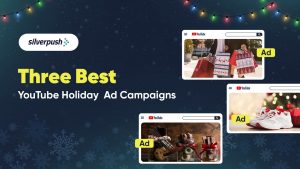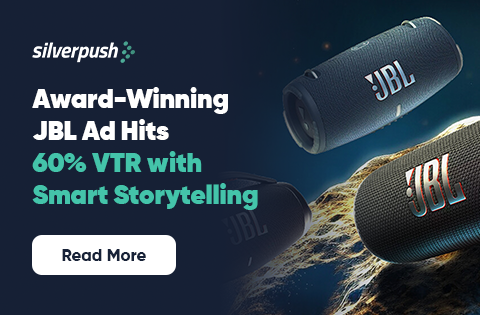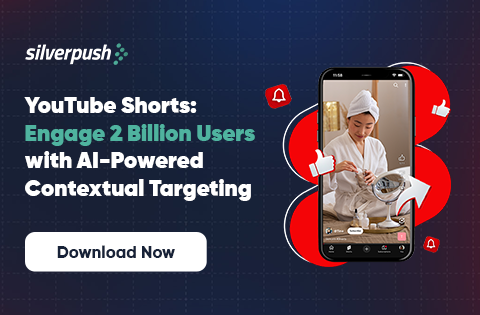Unlocking the Power of First-Party and Zero-Party Data: Future of Privacy-Focused Advertising | 30 Mar, 2023

In 2023 expected data collection from the first-party and zero-party is 118 zettabytes.
Data is the backbone of modern marketing, providing brands with valuable insights into consumer behavior and enabling them to craft targeted campaigns that resonate with their audience.
However, the landscape is rapidly changing, with evolving privacy policies making it increasingly challenging to collect and utilize data in a manner that respects user privacy.
This new reality has given rise to contextual advertising, which offers a less invasive approach and is better aligned with evolving consumer preferences.
Also, inclining advertisers toward the first-party and zero-party data. By leveraging first-party and zero-party data, brands can still gain a deep understanding of their audience and create campaigns that deliver better results while abiding by the user’s privacy.
It’s interesting to note that contextual advertising is expected to witness significant growth in the coming years, with worldwide ad spending projected to reach 228 billion US dollars by 2023. One of the main drivers behind this growth is Google’s plan to phase out third-party cookies, which have traditionally been the cornerstone of behavioral targeting.
While third-party cookies have been an effective tool for advertisers to target consumers based on their browsing behavior, there has been growing concern over user privacy and data protection. As a result, privacy-focused browsers like Firefox and Safari have already blocked third-party cookies over a decade ago.
Explore the Alternatives for Third-Party Data Targeting

The advertising industry has entered an experimental era. Marketers use the hit-and-trial advertising approach. They have incorporated contextual advertising into their behavioral targeting and have begun to favor first-party and zero-party data.
But what are Zero and First-Party Data?
When information is shared with the intention and acknowledgment of the user it is zero-party data. This type of data includes customer preferences, interests, and opinions. Zero-Party Data can be collected in the following ways.
1. Surveys and Questionnaire: Brands ask questions or perform a survey to know the interests and opinions of the audience. For example, Nike surveyed to know which is the audience’s favorite shoe type among Air Force, Air Max, and Air Yeezy. This survey will give a fair idea about the audience’s interest in their product and with further analysis, Nike can target specific shoe ads to the specific user demographic.
2. Interactive Experiences: Companies can offer interactive experiences, such as quizzes or polls, that require customers to provide information about themselves. This can be a fun and engaging way for customers to share information with a company.
3. Contests and Giveaways: This way brands can easily promote themselves and collect the user’s data. For example, An FMCG brand posted a giveaway on Instagram where the user had to enter their details and tag 3 more people in the comment section. Through comments, the brand could get a large audience base and details of some users. Zero-party data is valuable because customers provide it voluntarily when they want to engage with a company.
According to 85% of marketing company respondents, zero-party data is essential for delivering effective tailored experiences. First-party data is passively collected by the brands. This data can include customer names, email addresses, purchase history, and website browsing behavior. The different methods through which first-party data can be collected is:
1. Website Analytics: Companies can use tools like Google Analytics to track website visitors and their behavior on the site, such as what pages they visit, how long they stay on each page, and whether they make a purchase.
2. Customer Relationship Management (CRM) Systems: Companies can collect information about their customers, such as their contact information, purchase history, and preferences, through their CRM systems.
3. Loyalty Programs: Companies can collect data on their customers through loyalty programs, which can track purchase behavior and offer personalized recommendations and promotions. First-party data is valuable because it helps companies understand their customers and provide more personalized marketing and customer experiences.
What’s the Key Difference Between First-Party and Zero-Party?
The key difference between first-party and zero-party data is the method of data collection. The method of data collection impacts user engagement and accuracy.
1. User Engagement: User engagement is much higher with the brand in zero-party because the consumer is directly engaged and has been sharing their information with consent. On the other hand, first-party data is passively collected. The data collected is based on the user’s interaction with the brand.
2. Accuracy: First-party data will involve analytical tools, to get precise information. The data is collected on behavioral targeting strategy which implies the use of analysis at the end. Whereas, the data provided by the user will be correct because the user wants to engage with the brand and wishes to avail the value provided by them in exchange for their information.
Conclusion
Overall, both types of data are valuable for companies as they allow for better understanding and targeting of customers. However, zero-party data is more likely to result in high-quality, personalized customer experiences as it is based on direct input from customers themselves. Another reason that would lead to the rise of zero-party data would be the consent of the user. Every day people are becoming conscious of their information which has already led to the phase-out of third-party data. Since the information gathered will be with the consent of the user, the privacy issues would be eradicated.

BLOGS
Breaking Tradition: Innovative Marketing Strategies for Vietnam Tet 2026
Tet is still the cultural heartbeat of Vietnam. Streets fill with lights, families travel home, and households invest in food, gifts, and rituals that matter. For years, you could rely on the same formula. Run a sentimental family reunion story, wrap products in red and gold, and wait for sales ...

BLOGS
5 Proven Black Friday and Cyber Monday Marketing Strategies for 2025
You know how Black Friday and Cyber Monday used to be a crazy 48-hour shopping sprint? Those days are over. BFCM has turned into something much bigger. We're talking weeks of strategic planning, early bird shoppers hunting for deals, people bouncing between online and in-store, and AI helping brands figure ...

BLOGS
Best Context-First YouTube Ad Campaigns for the Holidays
The holiday season is advertising’s biggest stage. Every brand wants to shine, but consumers are flooded with holiday promotions both online and offline. With global online sales projected to reach $1.4 trillion in 2025, the opportunity and the stakes are higher than ever. For advertisers, the challenge is no longer ...







